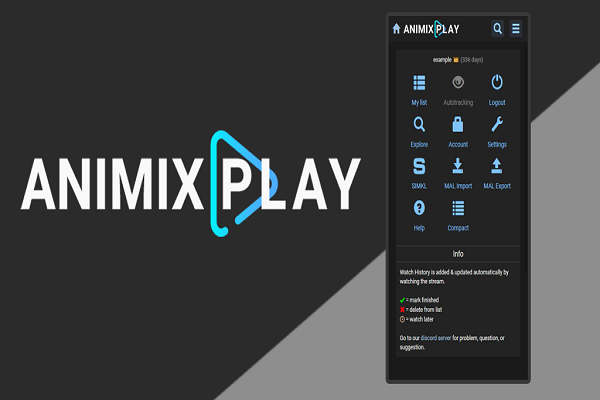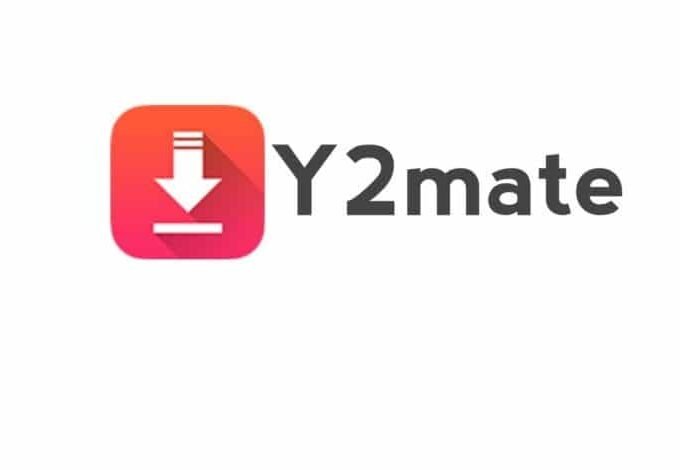The world of frontend development is a fast-paced and ever-changing one. With new technologies being developed, older ones are often left in the dust. One of the most contentious debates in this space is Angular vs React. Both have their pros and cons but which framework should you choose?
In this article, we’ll compare and contrast these two frameworks to help you decide which is best for your business.
What is Angular?
Angular is a JavaScript framework for building web applications. It’s Google’s effort to solve the problem of creating dynamic HTML content in large-scale single-page apps (SPA).
It was originally released on October 20, 2010, and has gone through various iterations since then.
The most recent version, Angular was released last year with major changes aimed at making it more modular so that code can be shared across multiple platforms like iOS and Android devices.
What is React?
React is another open-source frontend development library created by Facebook.
Unlike Angular which contains both client-side templates as well as server-side rendering capabilities, React focuses solely on the client-side scripting only JSX files rather than HTML.
It has gone through several major version releases since its release in 2013 and comes with a lot of features including server-side rendering, state management, routing. React is also the engine behind many popular apps like Instagram and Netflix.
Pros and Cons of Using Angular
To begin, Angular is a complete framework with many tools to streamline development. It has two-way data binding and offers native support for REST APIs.
Also, Angular has the backing of Google, which means its community will continue to grow in size and popularity. This will make the framework more stable over time.
Lastly, there’s extensive documentation available online that makes learning this framework much easier compared to other options on the market today.
One of the biggest issues with Angular is that it’s a very large framework. It includes a lot of features you might not actually need for every project, which ends up bloating your application and resulting in increased file sizes.
Pros and Cons of Using React
One of the biggest advantages of using React is that it’s extremely fast and lightweight. It takes less time for your site or app to load, which means better performance and happier users.
Also, React comes with a lot of powerful features like routing as well as mobile compatibility out-of-the-box so you don’t need any additional libraries besides what comes built into the framework itself.
The downsides include small community support compared to Angular and not having two-way data binding capabilities by default (although there are some third-party options available).
Despite it being one of the more popular frontend development libraries on the market today, React is still a new technology.
This means that there are some potential problems you might run into while working with this framework including bugs and compatibility issues.
Angular vs React: Which One is Best?
Again, the Angular vs React debate is a popular one among website developers. If you want to read more articles about the AngularJS learning curve, continue reading our blog for more information.








Leave a comment